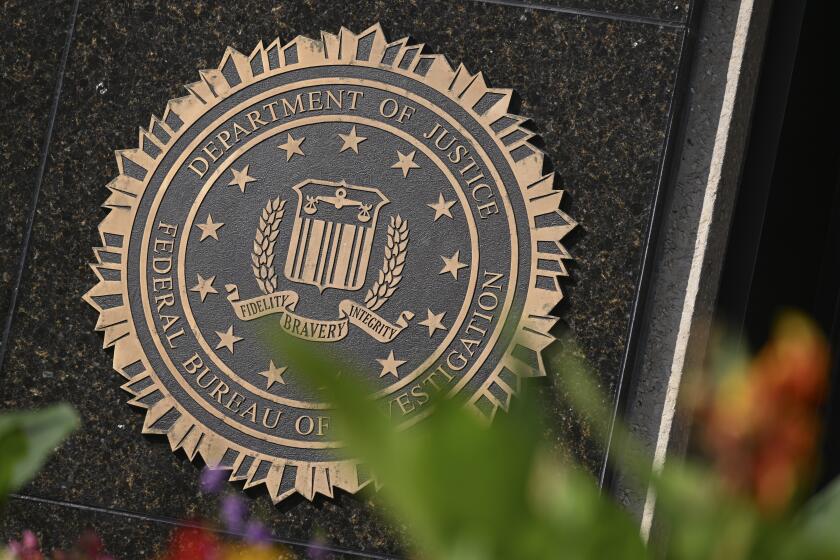Yiddish newspaper in history books
Between 1881 and 1914, 2 million Yiddish-speaking Jews decamped from their European homelands and replanted themselves in America. Most settled in the concrete and brick wilderness of New York City, where, in 1914, Jews of Eastern European descent made up one-quarter of the population.
Most of these immigrants read the Jewish Daily Forward, a newspaper they regarded with the reverence they otherwise reserved for Scripture.
With photographs, documents and artifacts from the Forward’s archives, a new exhibit at the Museum of the City of New York traces the immigrant experience through the evolution of the newspaper.
“There were seldom any books in the average immigrant’s home,” wrote the critic Irving Howe in 1976, “but the Yiddish paper came in every day.... Not to take a paper was to confess you were a barbarian. For ordinary Jews who worked in the shops or ran little stores, the Yiddish paper was their main tie, perhaps their only tie, with the outside world.”
The Forward, known familiarly as “the Forverts,” was neither the first nor the only Yiddish paper, but it had the largest circulation. At its height in the 1920s, it sold 275,000 copies a day, which made it both the leading Yiddish paper in the world and the preeminent non-English-language publication in the United States.
The Forward was run for almost half a century by a single editor, Abraham Cahan, who had arrived in America in 1882 from Vilna, Lithuania. He helped found the paper in 1897 after stints in cigar and tin factories, and he set its socialist sympathies from the start. Cahan supported trade unions and the interests of social justice against big money. He cultivated a simple, direct, informal tone, prodding his readers to learn English at the same time that he met their need for a Yiddish forum.
It was a forum in the truest sense, a virtual agora where readers could voice concerns as well as follow the local sports team, read Isaac Bashevis Singer’s serialized fiction, and track such stage stars as Molly Picon and Sophie Tucker.
Before World War I, the Forward instituted “The Gallery for Missing Husbands,” where abandoned wives could post photographs of (and thereby hope to locate, or at least shame) their vanished men. It also ran a “beauty and charm” contest, where readers would collectively choose the winner of the $100 prize from globe-wide entrants.
But the paper’s most enduringly popular feature was the “Bintel Brief” -- literally, a “Bundle of Letters” -- in which immigrants adjusting to the New World posted their problems. Could a Jew marry a Christian? Is a wife spending too much on frivolities? Cahan dispensed sensible advice in a way that satisfied readers’ need for gossip, entertainment and a touch of education.
From the 1930s onward, Yiddish gradually gave way to English as the language of American Jews, and the fortunes of the Forward declined. It is now published weekly, in English as well as in a Yiddish edition read by a few thousand faithful.
More to Read
Sign up for Essential California
The most important California stories and recommendations in your inbox every morning.
You may occasionally receive promotional content from the Los Angeles Times.










